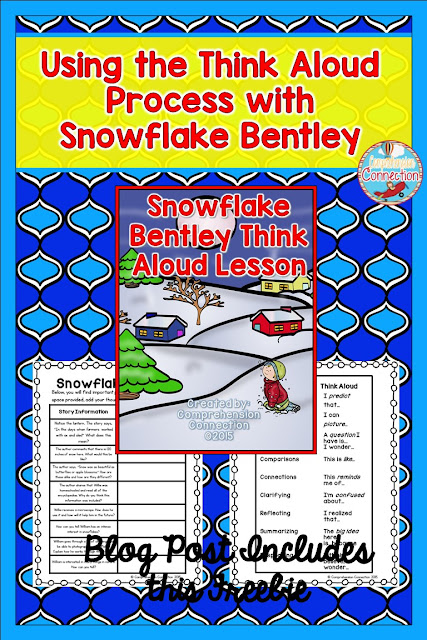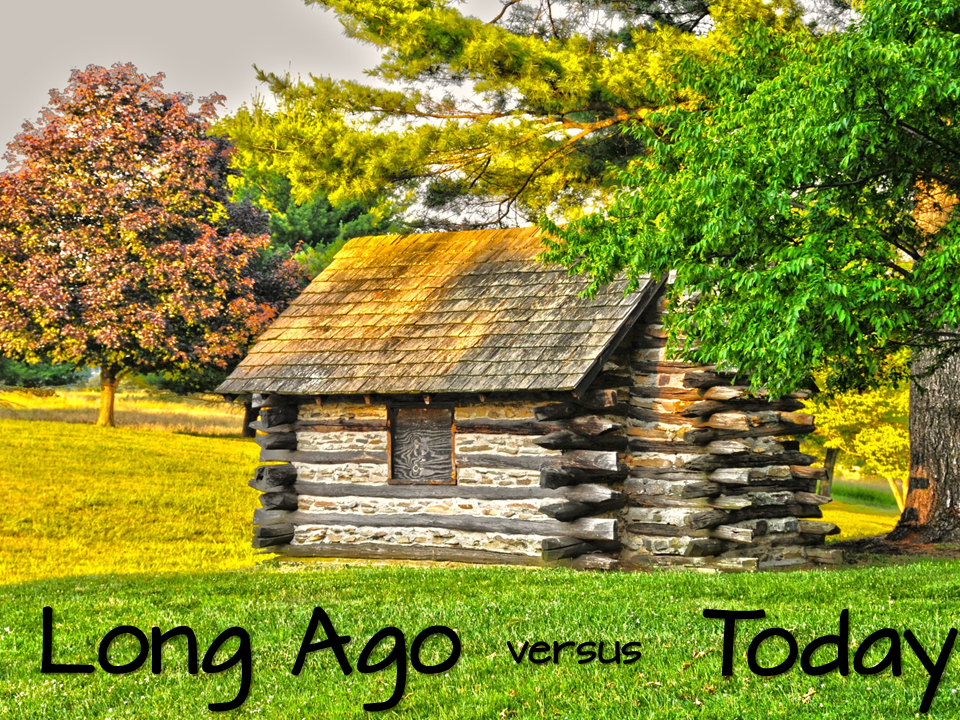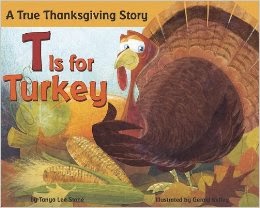- Active listeners
- Engaged with deep thinking
- Working with purpose
- Attentive to detail, and...
- Strategic with their reading
Why is the Think Aloud Process Important?
Beginning readers learn the alphabet and sounds, learn to track print accurately, develop a sight vocabulary, and work through text to read the words on their own. Once they are able to do this, they become transitional readers. Transitional readers focus on developing fluency as they build vocabulary, comprehension skills, and continue working on decoding larger words. Once they are able to read on their own silently, the focus shifts to deeper comprehension and vocabulary development. Throughout this process, Think Aloud is a tool that scaffolds our readers to be able to independently think as readers as skills are achieved.
How Does the Think Aloud Process Work?
To model thinking aloud for your students, the first step is to choose a text with points that can be discussed. Prior to reading the book to your students, go through the text with a post it pad and pen. Mark the places where you want to pause and share your observations and thinking. Note-it is very, very important for the students to also see and work with the text. You can project the book with an Elmo or take photos prior to sharing. There are many books shared on Youtube also, so you may check to see if a title you are planning to use is available there.
 Once your talking points are identified and you've secured a way for your students to access the text, it is time to demonstrate. For my students, I will often use a column notes organizer like the image to the left. This organizer is for the book, Snowflake Bentley. As you share the book with your students, you want them to use all text features including illustrations, captions, sidebars, and the context of the text as the evidence of their thinking, so be sure to ask key questions directed to those features.
Once your talking points are identified and you've secured a way for your students to access the text, it is time to demonstrate. For my students, I will often use a column notes organizer like the image to the left. This organizer is for the book, Snowflake Bentley. As you share the book with your students, you want them to use all text features including illustrations, captions, sidebars, and the context of the text as the evidence of their thinking, so be sure to ask key questions directed to those features.  Some students work well with a visual cue of what they are to think as they're reading. This bookmark helps students trigger that thinking and reminds them of the language we as teachers have used.
Some students work well with a visual cue of what they are to think as they're reading. This bookmark helps students trigger that thinking and reminds them of the language we as teachers have used.Once you have modeled with Snowflake Bentley or a book of your choice, you have to provide an opportunity for practice. Choose another book on a similar theme or one that will extend your lesson, and pair students for the reading experience. "Elbow Partners" are great for talking out our thinking. During this part, provide the bookmark or sticky notes that students can use in their discussion.
The final tip I have is to make sure that you repeat this activity often with new texts. If students have trouble, you may need to stop and model thinking aloud again for students, but you can also direct the thinking with deep questions.
I hope this walk through of the process shows how it can be used with any text. It is so so valuable for our struggling readers.
You can access this freebie using the image below.
Until next month, happy reading AND thinking!


 |
| Pin for Later |





























